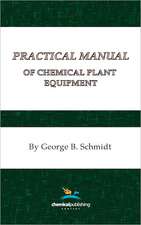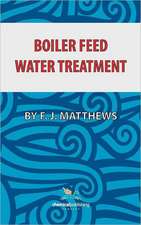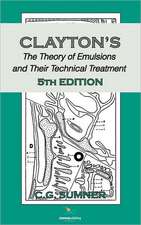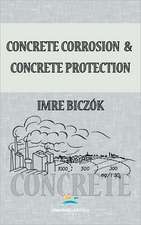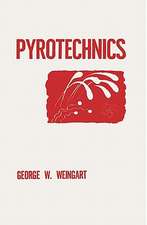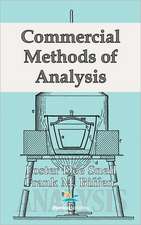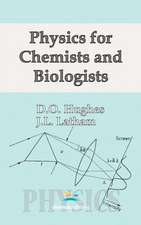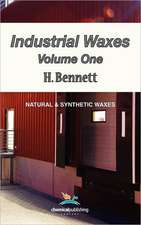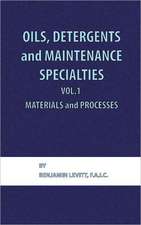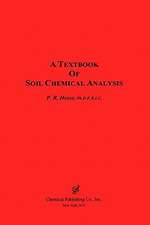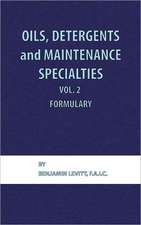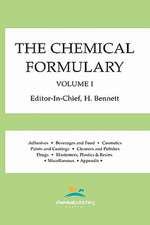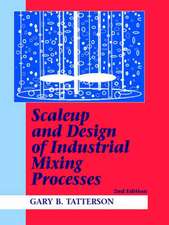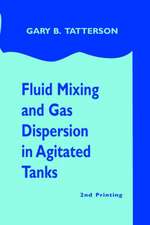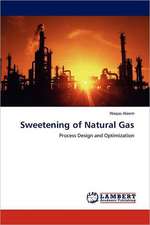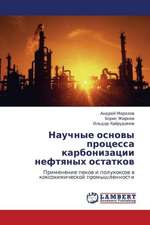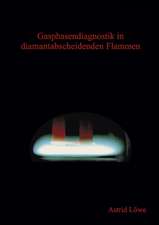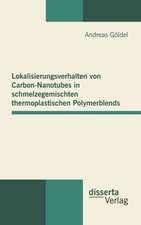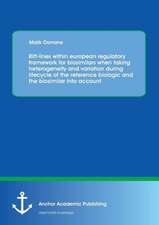Evaluation of the Effects and Consequences of Major Accidents in Industrial Plants
Autor Joaquim Casalen Limba Engleză Paperback – 25 sep 2017
- Evaluates the expected/probable occurrence frequency of major accidents
- Describes the main features of fires, explosions and toxic releases
- Includes mathematical modeling of major accidents, evaluation of their effects, and consequences on people and equipment
- Explains how to perform a Quantitative Risk Analysis
| Toate formatele și edițiile | Preț | Express |
|---|---|---|
| Paperback (1) | 854.76 lei 5-7 săpt. | |
| ELSEVIER SCIENCE – 25 sep 2017 | 854.76 lei 5-7 săpt. | |
| Hardback (1) | 1377.30 lei 6-8 săpt. | |
| ELSEVIER SCIENCE – 30 oct 2007 | 1377.30 lei 6-8 săpt. |
Preț: 854.76 lei
Preț vechi: 1112.02 lei
-23% Nou
Puncte Express: 1282
Preț estimativ în valută:
163.58€ • 170.15$ • 135.04£
163.58€ • 170.15$ • 135.04£
Carte tipărită la comandă
Livrare economică 07-21 aprilie
Preluare comenzi: 021 569.72.76
Specificații
ISBN-13: 9780444638830
ISBN-10: 0444638830
Pagini: 570
Dimensiuni: 191 x 235 x 31 mm
Greutate: 1.16 kg
Ediția:2
Editura: ELSEVIER SCIENCE
ISBN-10: 0444638830
Pagini: 570
Dimensiuni: 191 x 235 x 31 mm
Greutate: 1.16 kg
Ediția:2
Editura: ELSEVIER SCIENCE
Public țintă
Engineers from chemical/petrochemical industry, or working with the transportation of hazardous materials (by road, rail or pipelines); Safety engineers from industry,;Engineering companies; Academic people from departments of chemical engineering, energy and environmental technology; students from these fieldsCuprins
1. Introduction
2. Source term
3. Fire accidents
4. Vapour cloud explosions
5. BLEVEs and vessel explosions
6. Dust explosions
7. Atmospheric dispersion of toxic or flammable clouds
8. Vulnerability
9. Determination of accident frequencies
10. Domino effect
11. Quantitative risk analysis
12. Transportation of hazardous materials
2. Source term
3. Fire accidents
4. Vapour cloud explosions
5. BLEVEs and vessel explosions
6. Dust explosions
7. Atmospheric dispersion of toxic or flammable clouds
8. Vulnerability
9. Determination of accident frequencies
10. Domino effect
11. Quantitative risk analysis
12. Transportation of hazardous materials




